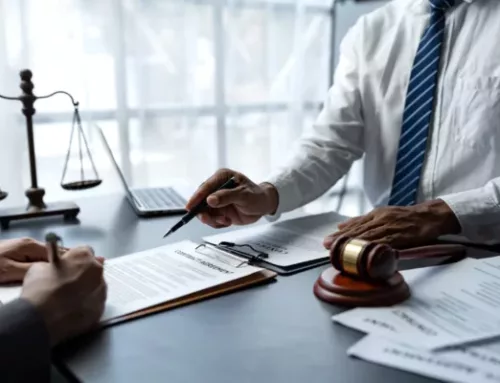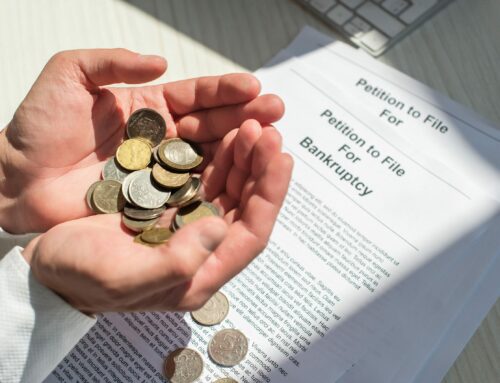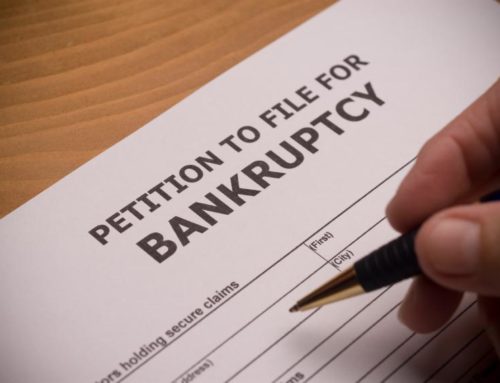You may be familiar with how voluntary bankruptcy works. If a person is overwhelmed by financial problems from credit card debt, medical bills, student loan debt, and tax debt, they may choose to go through the bankruptcy procedure. Once filed, the court orders an automatic stay, preventing collection agencies from pestering the debtor.
Depending on the bankruptcy chapter, a bankruptcy trustee may liquidate the debtor’s assets to pay off the creditors, or the debtor may reorganize their debts with a payment plan. After bankruptcy, some types of debt may be discharged, and the debtor no longer has a personal obligation to pay them. A voluntary bankruptcy under the US bankruptcy code gives the debtor a chance at a fresh start towards a secure financial future while letting creditors reclaim some repayment.
On the other hand, an involuntary bankruptcy is filed by the creditors. Once they’ve filed the bankruptcy petition in court, the debtor has the opportunity to file an objection. The court will decide whether to dismiss or proceed with the case.
A debtor is given 21 days to respond to the filing before the proceedings begin. If the bankruptcy court favors the creditors with their ruling or fails to respond, the debtor is placed into bankruptcy.
Don’t wait until your creditors file bankruptcy for you. Consult our Wheeling bankruptcy lawyers to talk about your options for debt relief, such as which chapter among the types of bankruptcy is for you.
What are the Qualifications to File an Involuntary Bankruptcy?
 For a creditor to qualify to file for bankruptcy on behalf of a debtor, the following criteria must be met according to bankruptcy law:
For a creditor to qualify to file for bankruptcy on behalf of a debtor, the following criteria must be met according to bankruptcy law:
- The debt cannot be contingent on liability. This means that there are no conditions that have to be satisfied to be held liable for the debt.
- There is no bona fide dispute regarding the validity of the debt
- As of April 2019, the debt should be at least $16,750 and;
- The creditor must show that the debtor does not repay the debts when they are due.
Take note that involuntary bankruptcies cannot be filed against credit unions, insurance companies, banks, non-profit organizations, farmers, or family farmers.
How Many Creditors Does it Take to File an Involuntary Bankruptcy?
- If a borrower has 12 creditors or more, then a minimum of three creditors must file the bankruptcy petition.
- If the debtor has fewer than 12 qualifying creditors, only a single creditor is enough to file a bankruptcy.
Alternatives to Involuntary Bankruptcy
There are various ways to deal with involuntary bankruptcy. A debtor can negotiate with the lenders to convert an involuntary Chapter 7 liquidation case to a Chapter 11 reorganization (ideally, with Wheeling bankruptcy attorneys by their side). Borrowers can change the petition to a voluntary bankruptcy. The court can dismiss an involuntary case that was not properly brought.
Final Thoughts
If you’re already swamped in debt, it’s best to try considering bankruptcy. Filing for bankruptcy voluntarily is a hundred times better than if your creditors petition for bankruptcy on your behalf. It’s best that the bankruptcy proceeding goes according to the terms that are best for you. A bankruptcy lawyer can guide you through the bankruptcy process – from bankruptcy filing to the discharge of the debts you’ve owed.
If you need help from a Wheeling WV attorney, our experienced lawyers at Thomas E. McIntire & Associates, L.C. are at your service. We can provide you with the assistance you need to become debt-free. We devote extensive time, energy, and attention to individuals pursuing Chapter 7 bankruptcy or Chapter 13 bankruptcy. With a proven record of results, clients can trust in the work that we offer to address their foreclosures and creditor harassment issues. Contact a Wheeling bankruptcy attorney now for a free consultation!





